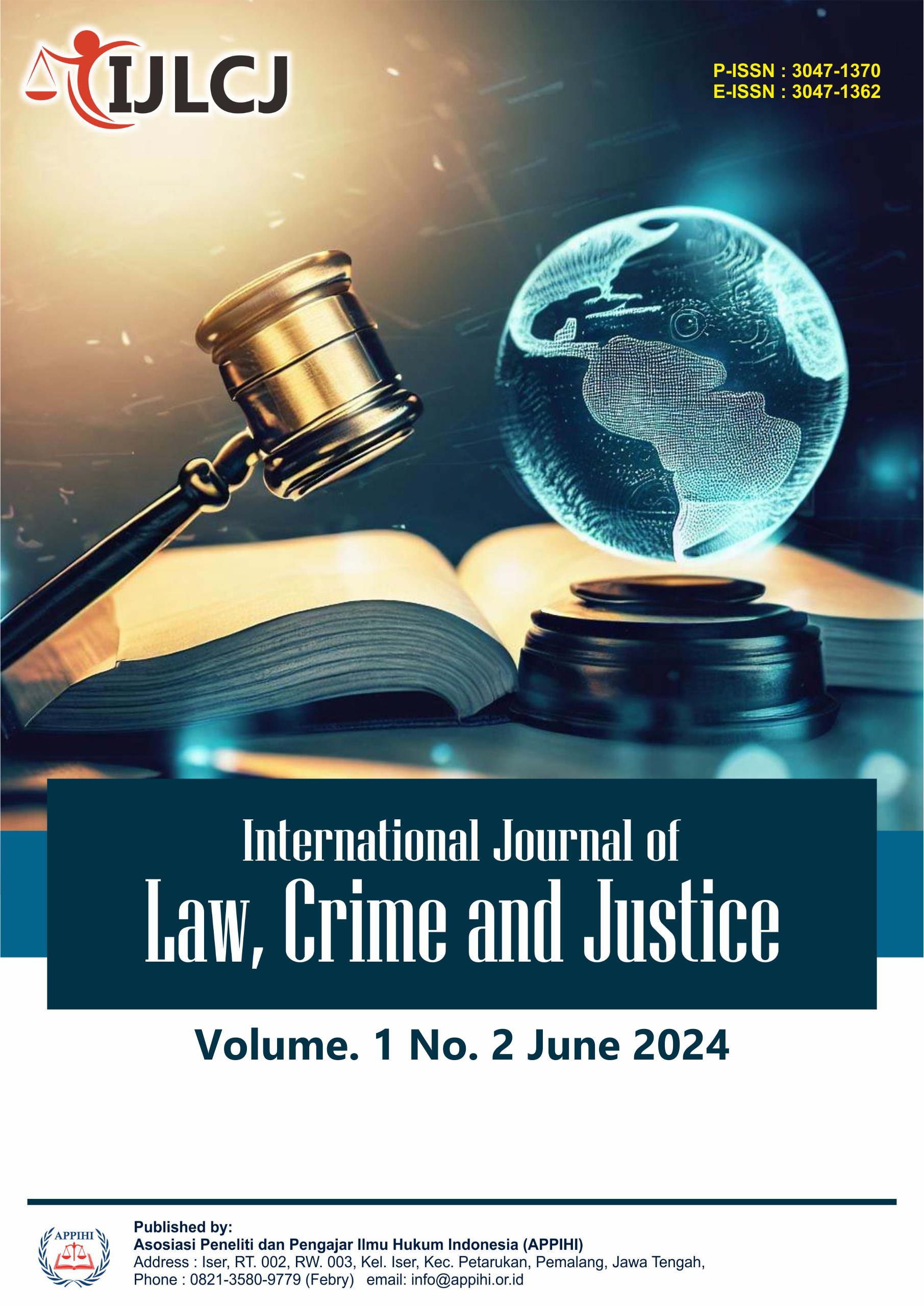Social Innovation of Tubanan Agrocycleforestry: Community-Based Empowerment Practices for Sustainable Agriculture
DOI:
https://doi.org/10.62951/ijlcj.v1i2.61Keywords:
Social Innovation, Community Empowerment, Sustainable AgricultureAbstract
Social innovation is often considered to have great potential to encourage sustainable development and transformation towards more sustainable economic practices. Many companies in preparing community empowerment programs with an orientation that is simply considered good at the start, even just to meet the interests of certain parties, but do not plan what benefits are targeted so that they quickly become obsolete. In order not to be left behind, companies must form a business model, embrace many parties, create sustainable programs from year to year, and prepare an exit strategy carefully. This article discusses social innovation practices in the PT PLN UIK Tanjung Jati B TJSL program based on the social innovation process model and empirical practice. This article contributes to improving the concept of social innovation, how social innovation succeeds and what factors encourage its emergence and growth.
Downloads
References
Amanatidou, E., Gagliardi, D., & Cox, D. (2018, March 16). Social engagement: Towards a typology of social innovation. MIOIR/MBS Working Paper Series-Working Paper. https://doi.org/10.13140/RG.2.2.28787.84002
Atkinson, A. B., & Marlier, E. (2010). Analysing and measuring social inclusion in a global context. (No Title).
Bakhshi, H., & Throsby, D. (2010). Culture of Innovation An economic analysis of innovation in arts and cultural organisations. NESTA.
Caulier-Grice, J., Kahn, L., Mulgan, G., Pulford, L., & Vasconcelos, D. (2018). Study on Social Innovation. In Paper prepared by the Social Innovation Exchange (SIX) and the Young Foundation for the Bureau of European Policy Advisors Sine Loco: European Union/The Young Foundation.
Davies, A. (2014). Social innovation process and social entrepreneurship. Theoretical Approaches to Social Innovation: A Critical Literature Review, 60–78.
Edwards-Schachter, M., & Wallace, M. L. (2017). ‘Shaken, but not stirred’: Sixty years of defining social innovation. Technological Forecasting and Social Change, 119, 64–79.
Fougère, M., Segercrantz, B., & Seeck, H. (2017). A critical reading of the European Union’s social innovation policy discourse:(Re) legitimizing neoliberalism. Organization, 24(6), 819–843.
Howaldt, J., Butzin, A., Domanski, D., & Kaletka, C. (2014). Theoretical approaches to social innovation-a critical literature review. A Deliverable of the Project:‘Social Innovation: Driving Force of Social Change’(SI-DRIVE). Dortmund: Sozialforschungsstelle, 2014, 8–19.
Howaldt, J., & Hochgerner, J. (2018). Desperately seeking: A shared understanding of social innovation. Atlas of Social Innovation—New Practices for a Better Future, 17–21.
Klein, Klein, J.-L., Fontan, J.-M., Harrisson, D., & Lévesque, B. (2013). The Quebec Model: A Social Innovation System Founded on Cooperation and Consensus Building. In The International Handbook On Social Innovation (pp. 371–383).
Moulaert, F., MacCallum, D., Mehmood, A., & Hamdouch, A. (2013). General introduction: the return of social innovation as a scientific concept and a social practice. In The International Handbook on Social Innovation. Edward Elgar Publishing. https://doi.org/10.4337/9781849809993.00008
Mumford, M. D. (2002). Social Innovation: Ten Cases From Benjamin Franklin. Creativity Research Journal, 14(2), 253–266. https://doi.org/10.1207/S15326934CRJ1402_11
Newey, L. R., & Zahra, S. A. (2009). The evolving firm: How dynamic and operating capabilities interact to enable entrepreneurship. British Journal of Management, 20(SUPP. 1). https://doi.org/10.1111/j.1467-8551.2008.00614.x
Permen LHK No. 1 Tahun 2021 (2021). https://peraturan.bpk.go.id/Details/163436/permen-lhk-no-1-tahun-2021
Phills, J. A., Deiglmeier, K., & Miller, D. T. (2008). Rediscovering social innovation. Stanford Social Innovation Review, 6(4), 34–43.
Pol, E., & Ville, S. (2009). Social innovation: Buzz word or enduring term? The Journal of Socio-Economics, 38(6), 878–885. https://doi.org/10.1016/j.socec.2009.02.011
Ridley-Duff, R., & Bull, M. (2015). Understanding Social Enterprise: Theory and Practice (Sample Chapter).
Schwarz, M. (2010). Social Innovation: Concepts, research fields and international trends. https://api.semanticscholar.org/CorpusID:8770874
Van der Have, R. P., & Rubalcaba, L. (2016). Social innovation research: An emerging area of innovation studies? Research Policy, 45(9), 1923–1935.
Westley, F., Antadze, N., Riddell, D. J., Robinson, K., & Geobey, S. (2014). Five configurations for scaling up social innovation: Case examples of nonprofit organizations from Canada. The Journal of Applied Behavioral Science, 50(3), 234–260.
Downloads
Published
How to Cite
Issue
Section
License
Copyright (c) 2024 International Journal of Law, Crime and Justice

This work is licensed under a Creative Commons Attribution-ShareAlike 4.0 International License.





